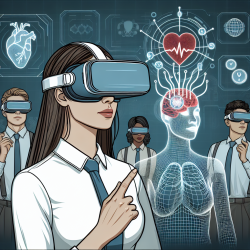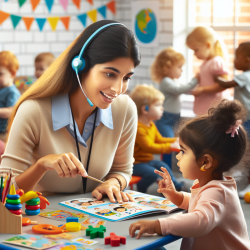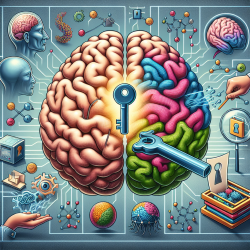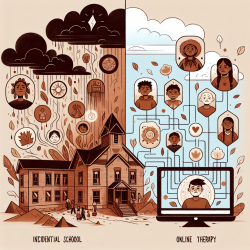Introduction
Virtual reality (VR) has emerged as a transformative tool in various fields, including education, medicine, and military training. The study titled A Psychophysiological Model of Firearms Training in Police Officers: A Virtual Reality Experiment for Biocybernetic Adaptation explores how VR can be effectively used in police firearms training. This research provides valuable insights that practitioners can implement to enhance their training methodologies, focusing on psychophysiological responses.
Understanding the Research
The study conducted by Muñoz et al. (2020) investigates how police officers' brainwaves and cardiovascular responses are affected during VR-based firearms training. The research highlights the importance of mastering psychophysiological responses, such as controlled breathing, under high-stress situations. By using a VR simulator, the study measures electroencephalographic (EEG) and heart rate variability (HRV) parameters to propose a psychophysiological model that aids in real-time adaptation of training difficulty based on physiological responses.
Key Findings and Implementation
- Frontal Brainwaves: The study found that specific frontal brainwave patterns, particularly theta waves, were significantly different between resting and active shooting states. Practitioners can use this insight to tailor training sessions that enhance cognitive readiness and attentional control.
- Heart Rate Variability: HRV parameters reflected significant differences under varying difficulty levels. This suggests that training programs can incorporate biofeedback mechanisms to help trainees manage stress and maintain optimal performance.
- Biocybernetic Adaptation: The proposed model integrates real-time physiological data to adjust the VR training environment dynamically. Practitioners can implement similar adaptive systems to personalize training experiences, ensuring they are challenging yet achievable.
Encouraging Further Research
While the study provides a robust framework, further research is encouraged to explore the long-term benefits of biocybernetic adaptation in training. Practitioners should consider collaborating with researchers to refine these models and test their efficacy in different training contexts.
Conclusion
Implementing the findings from this research can significantly enhance the effectiveness of VR training programs. By focusing on psychophysiological responses, practitioners can create more immersive and adaptive training environments that improve skill acquisition and performance. To read the original research paper, please follow this link: A Psychophysiological Model of Firearms Training in Police Officers: A Virtual Reality Experiment for Biocybernetic Adaptation.










